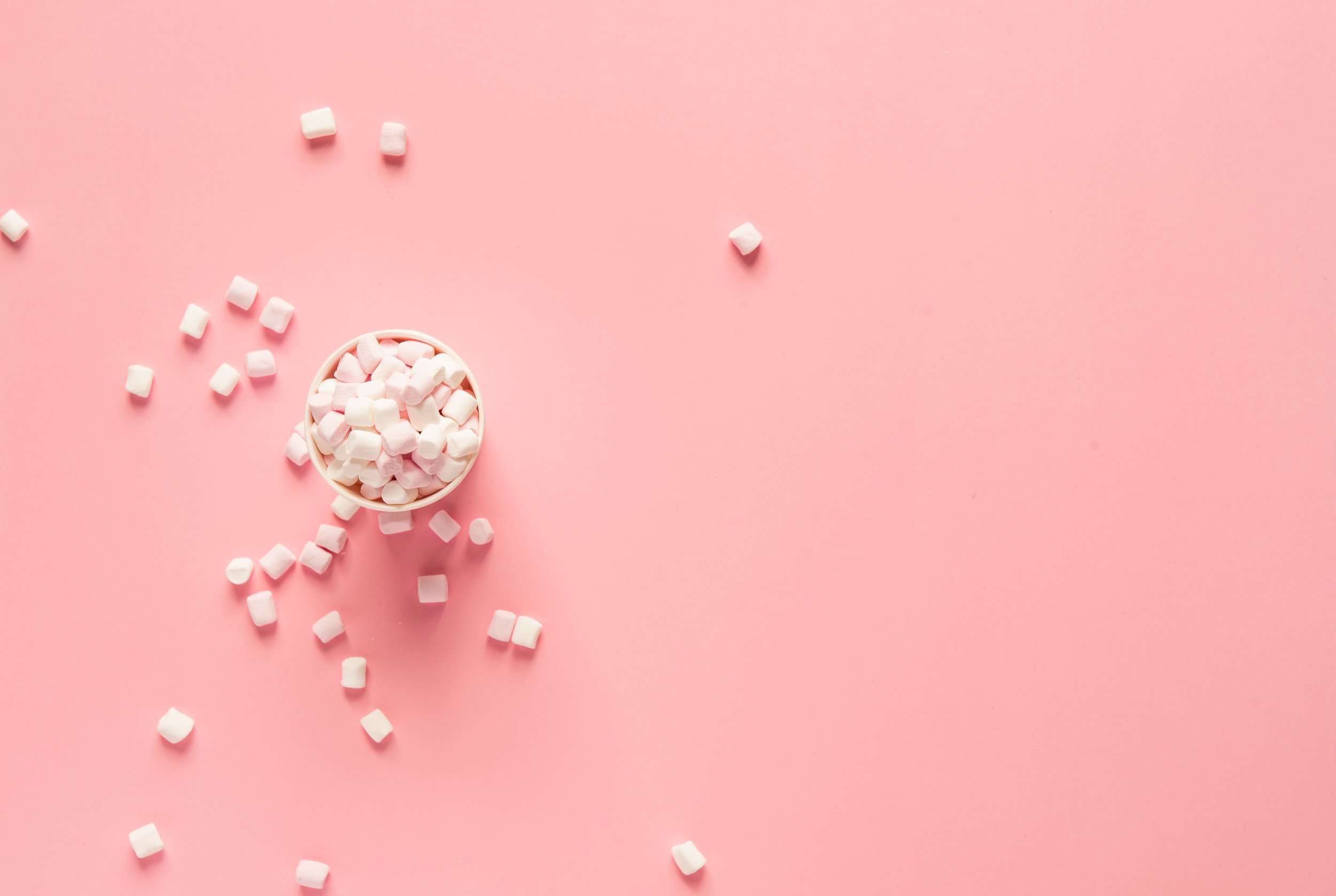Over Christmas many of us eat more sugar and may notice a sweet tooth carrying over into January that you want to address.
Sugar triggers the reward centre in our brain, similar to other addictive substances such as tobacco or drugs, which triggers dopamine secretions. If we continuously eat sugar then the body becomes used to this prolonged dopamine signalling. As this is overstimulated the brain downregulates these dopamine receptors, which means we then require more dopamine to achieve the same ‘sugar high’ as we become tolerant to this.
A researcher found that a rat addicted to cocaine or heroin when offered sugar switched to this, showing in this research that sugar is more addictive than those drugs.
Sugar has a huge effect on our energy levels and immediately after gives us a big boost but this is often followed by a slump. When we become addicted to sugar, we end up on an energy rollercoaster throughout the day, with sugar needed to get us through these energy slumps.
Other symptoms include:
· Needing to start the day with sugar
· Feeling you need dessert or something sweet after each meal
· Struggling to last in-between meals without a sugary snack and feeling shaky, irritable or ‘hangry’
· Waking up in the night hungry
· You can’t stop at one biscuit or piece of chocolate and you have noticed the amount of sugar you need has risen
· You crave refined carbohydrates
What are the main types of sugar we should know about?
So, there are so many different names for sugar now that it can become confusing. They typically fall into two groups; Monosaccharides and Disaccharides.
Monosaccharides are one sugar molecule with glucose and fructose falling into this category. Glucose is a primary source of energy for body. The glycaemic index looks at how quickly foods can be broken down into glucose and turned into energy. Foods lower in this index suppress appetite as they offer a slow release of energy. The other main one is fructose, which is a naturally occurring sugar in fruit, honey and the processed version is high fructose corn syrup
Disaccharides are two sugar molecules such as lactose and sucrose. Sucrose is made up of glucose & fructose and is in the table sugar that we find. Lactose containing galactose and glucose is the sugar found in milk.
3 Tips to wean yourself off sugar
My 3 easy tips to implement now so that you can start to get your sugar habit under control and balance your energy throughout the day:
Protein – we want to reduce the highs and lows in our blood sugar levels, this really induces the sugar cravings as our bodies want a quick fuel to get us through. Adding a good quality protein at every snack or meal will provide a slow release of energy, keeping you fuller for longer.
No meal skipping and now is not the time to start intermittent fasting – balance your blood sugar levels first and then look at this.
Fibre – this will reduce the glycaemic load of your meal and also keep you fuller for longer. The research on fibre is amazing for reducing weight, inflammation, insulin resistance
If you have a chronic condition and suffer with the symptoms above, then do address this as it will be difficult for you to move forward with your health and produce energy without addressing this.
As always, I’m here to help and if you think you need some more specialised support then drop me an email at rp@rebeccapilkington.com
Picture Credit: Joanna Kosinska on Unsplash


